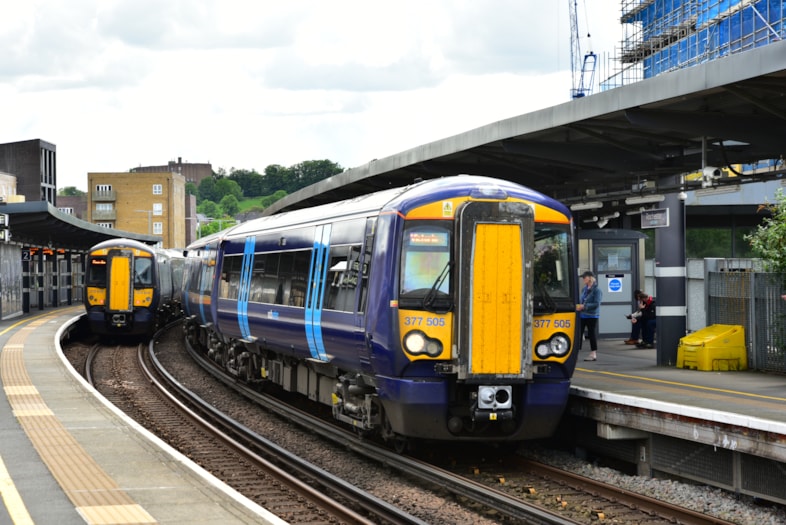
Southeastern and Network Rail have created a “streamlined structure” that promises to be more responsive “with a common purpose and clear accountability for railway performance.”

Southeastern and Network Rail have created a “streamlined structure” that promises to be more responsive “with a common purpose and clear accountability for railway performance.”
Steve White, who has been Southeastern’s Managing Director for nearly four years, will be in charge of a new, single leadership team covering both the train operator and NR’s Kent Route.
The unification also comes with a new name.
“We’ve called ourselves the South Eastern Railway. There was an 1836 incarnation. We are the 2025 version of an integrated railway,” he explained to RAIL.
“I now am personally accountable for track and train.”
In practical terms, both Network Rail and the train operator have been in the public sector for years: Southeastern transferred from Govia on October 17 2021. The two sides had already been working together closely, claiming this has led to greater efficiency.
As evidence, they have cited consistently low levels of cancellations and customer satisfaction scores among the highest at 86%. And, as music to the Treasury’s ears, public subsidy to operate the trains is expected to fall by £50m this year.
“I have a fully integrated leadership team,” White explained.
“We’ve put natural groupings of people together. Our operations director has drivers and signallers in the same department. Our safety, planning and performance director has timetable planning and engineering access planning in the same team for the first time in a generation.”
South Eastern Railway is merely a contractual arrangement between Southeastern and Network Rail. No legal accountabilities are being transferred and each organisation remains responsible for decision-making about its own activities.
“South Eastern Railway is not an employer,” White said.
“It is not a legal entity. Technically, it’s a non-incorporated joint venture. 1,800 people work for Network Rail Kent. 4,800 people work for Southeastern. But all 6,600 are part of South Eastern Railway.
“If you’re a passenger, you still buy a ticket from Southeastern; that hasn’t changed. But we’re a common brand to our stakeholders, to MPs.”
White also explained how success will be measured.
“The most overt changes are putting drivers and signallers in the same team, getting fleet and track engineering working more closely together.
“We will expect to see performance improve and subsidy reduce: they are the two primary measures of success.”
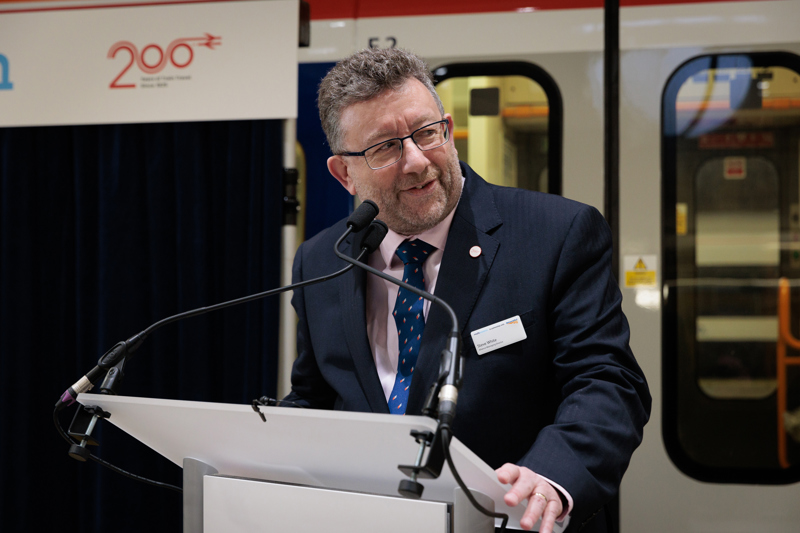
Lawrence Bowman is now Managing Director at South Western Railway, which will create a similar set-up with Network Rail Wessex Route. That region previously had a “deep alliance” on Waterloo services between Network Rail and Stagecoach’s South West Trains, led by Tim Shoveller.
“I’ve had long conversations with Tim Shoveller: that alliance did not include two public sector organisations. It was a similar concept but in a different era. The alliance in Scotland isn’t as integrated as we have down here.
“We’ve been working in an alliance since October 2023. We had dotted-line reporting: a virtual team. We ran as two separate businesses, meeting a couple of times a month.
“Now we’re moving from managing the interfaces to managing the railway as a whole. The same team will look at the revenue, the customer satisfaction, the state of the track maintenance backlog and the fleet reliability.”
It's clear that the new railway structure for Kent will become a template for other parts of the country to follow. Pending legislation to create Great British Railways, the joint venture will be more than a local geographical solution to a specific problem.
“We describe ourselves as the first of a new era of integrated railway under public ownership. It doesn’t just come together at my level; it comes together at departmental level.
“We join together organisationally, but we also join together digitally. All my colleagues share data. So people at Network Rail can see how many passengers are travelling and how much they are paying, where they are satisfied and where the routes are growing. And the train team will see the state of the infrastructure and where work has to be done.
“The Hastings line of route is worth over £100m a year. 80% of the revenue on it is north of Tunbridge Wells, and it is growing at an annual rate of 7%. We tell Network Rail that. All of a sudden, they can see how what they do translates into the effect on travellers as well as the effect on profit and loss.
“They can make better decisions. South Eastern Railway has 15 lines of route. We know the revenue and passenger numbers on each one. If we target the Network Rail investment to support the busiest and fastest-growing lines of route, following the money, we should get a better return, improve performance and reduce subsidy.
“We have someone called Daisy, who has all our revenue data. People are reaching out to her, asking for the data on how busy we are on a Tuesday peak compared to a Monday peak, or which lines are growing fastest, or asking how many people would be affected if we have a problem at 5pm on a Wednesday.
“All this is available to curious people at Network Rail, who are now seeing the whole picture, rather than just their piece of the jigsaw.
“It’s a step change. We are very optimistic that we can run a better railway.”
Login to continue reading
Or register with RAIL to keep up-to-date with the latest news, insight and opinion.


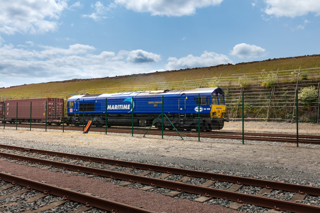
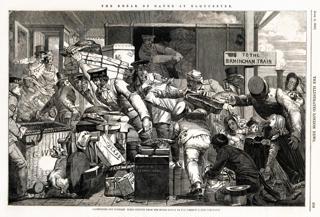
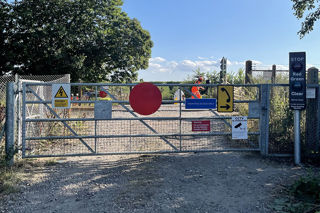
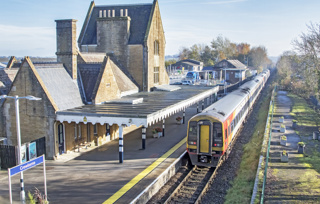
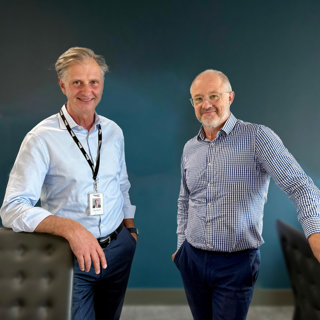

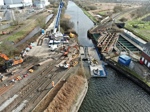









Login to comment
Comments
No comments have been made yet.